“Will there be dancing in heaven?” was a question posed to me one day in a wide-ranging discussion of the Faith, and I must admit, I had never once imagined the possibility. Until…I saw Fred Astaire and Ginger Rogers dance on the silver screen.
After that, the concept wasn’t hard to imagine. I just had to pick one of the ten movies these two Hollywood icons danced in and let them do the imagining for me. Sheer grace, elegance, perfect precision, and flawless execution. That must be what dancing in heaven will look like.
Sacred Windows
A “sacred window” is anything of quality in this world that you can both look at and look through to a wider dimension of beauty in the spiritual realm. This applies 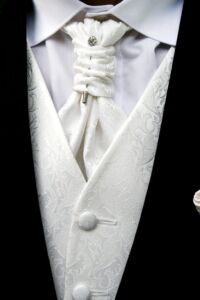 to natural and secular beauty too, although worldly things are more apt to be tainted by the world over time, whereas sacred art is more resistant to corruption because it has the singular purpose of worship.
to natural and secular beauty too, although worldly things are more apt to be tainted by the world over time, whereas sacred art is more resistant to corruption because it has the singular purpose of worship.
Nevertheless, the creators of this beauty, secular or sacred, are not perfect human beings, if that were even possible this side of heaven. They just have a perception of a deeper beauty and an ability to communicate it to others in moments of grace and inspiration. Art and performance history is full of sinners who nonetheless gave their talents over to a higher cause, at least when they produced inspiring art.
Can dancing be a sacred window? Why not? It’s an art form that can potentially inspire people to strive to be better.
In fact, the Bible has a surprising amount of dancing, not the least of which is King David dancing before the Ark of the Covenant as it entered Jerusalem (2 Sam 6:14-16).
- Miriam and all the Hebrew women dance with tambourines after escaping death at the Red Sea (Exodus 15:20-21).
- The Book of Psalms contains many exhortations to sacred dance.
- Parable of the Prodigal Son shows the whole household celebrating with music and dance upon the return of the lost son (Lk 15:24-25).
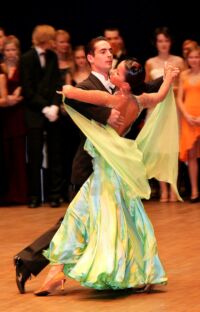 Was there dancing at the Wedding at Cana where Jesus performed His first miracle (Jn 2)? The question answers itself. Did Jesus dance? Hmmm, I’m not so sure about that one. We’ll find out in heaven!
Was there dancing at the Wedding at Cana where Jesus performed His first miracle (Jn 2)? The question answers itself. Did Jesus dance? Hmmm, I’m not so sure about that one. We’ll find out in heaven!
Of course, the whole endeavor of dancing is fraught with moral danger too, as lithe bodily movements combined with music can so easily descend into seduction. At least that’s how we can interpret the dance of King Herod’s step-daughter, Salome, whose routine so seduced Herod that it was directly responsible for the beheading of John the Baptist (Mk 6:22).
For that reason, dance needs high standards. And Fred and Ginger were the trend setters of talent and quality for an entire era, which no doubt remain the gold standard of dance to this day. Many commentators have said that they literally revolutionized the genre.
Hollywood’s Golden Age
Even though the phenomenal Fred Astaire danced with dozens of talented ladies in the course of his long career (here’s a list), there’s hardly a more recognizable dancing duet in American cinema than his partnership with Ginger Rogers. They made nine movies together in the 1930s and a tenth “comeback” movie in 1949. The last was the only one of their movies filmed in color.
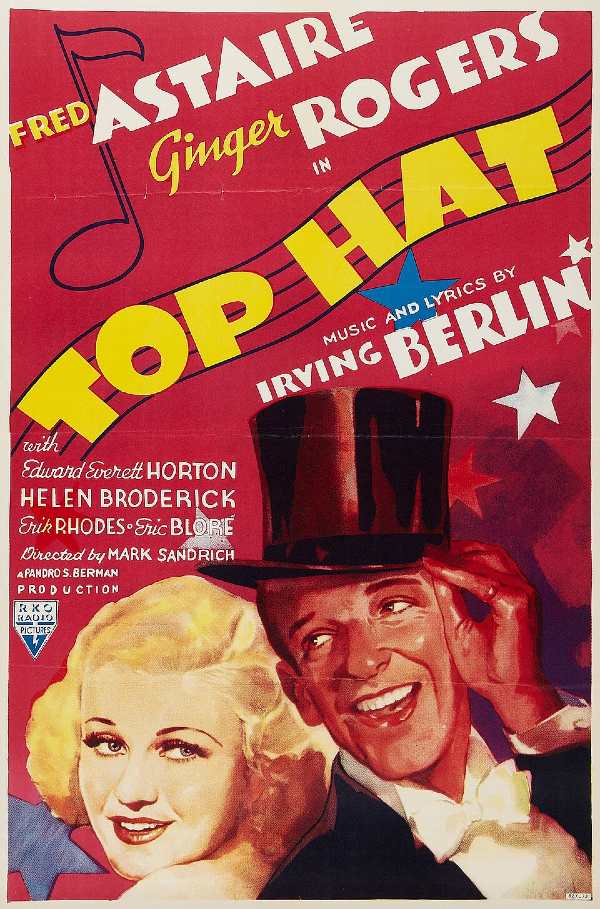
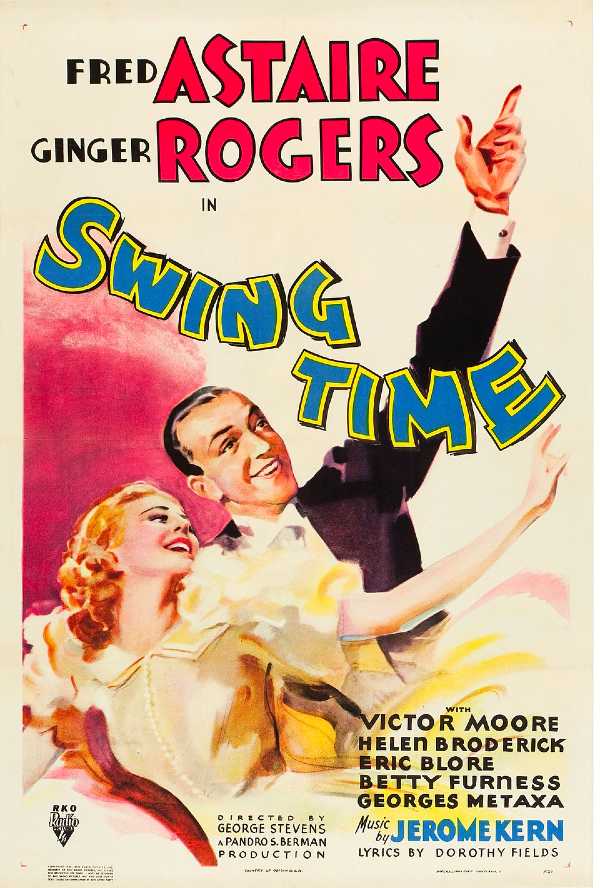
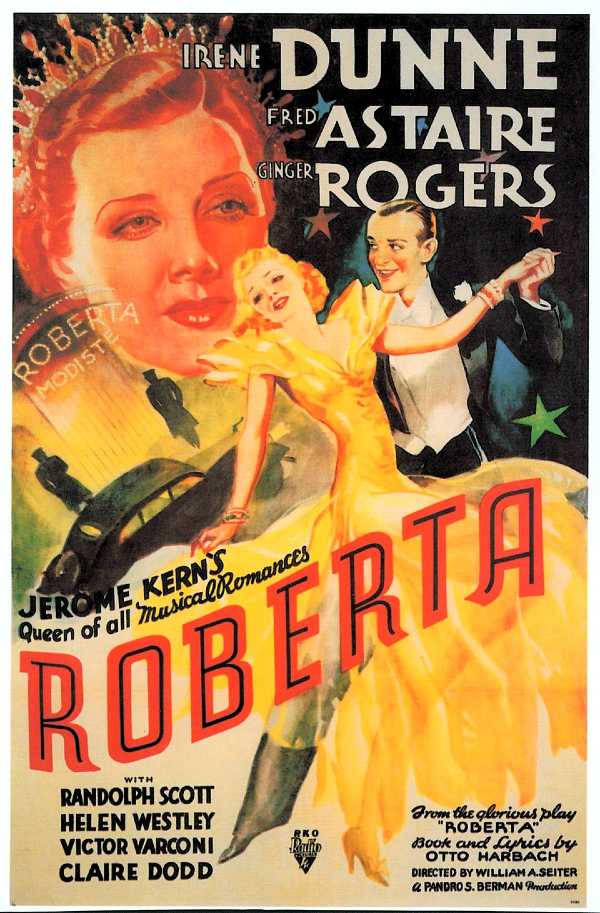
If I have interpreted their artistic motives correctly, they sought to entertain and uplift people (an outrageous concept, I know) rather than to use the silver screen as an outlet for various perversities, as happened with a vengeance beginning in the late 1960s.
But Fred and Ginger came before all that degradation. They were the quintessential golden couple of the Golden Age of Hollywood. It hardly needs to be pointed out that in the decade of the 1930s, America was in the midst of the Great Depression. In the generalized suffering of the period, a little glamor and innocent beauty went a long way.
Partners and friends
A quick bio of each should suffice to explain what incredible people they were. Fred Astaire was born in 1899 into a family named Austerlitz. His mother wanted her two children, Fred and his older sister Adele, to go into theater, so she changed the family name to Astaire. Austerlitz had negative connotations because of 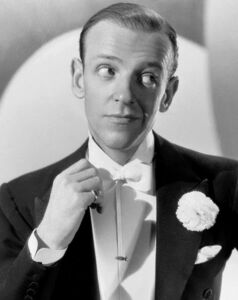 Napoleon’s Battle of Austerlitz earlier that century (1805).
Napoleon’s Battle of Austerlitz earlier that century (1805).
Primarily through his mother’s influence, Fred was already performing in vaudeville shows with his sister Adele at the age of five. Later in life he said that the incredible Nicholas brothers were his dancing heroes. They inspired him to a level of perfection that he otherwise would not have achieved, or even known about, had he not seen them dance with his own eyes.
Astaire’s mother was a Lutheran and his father was an Austrian-born Catholic whose parents were Jewish converts to Catholicism, although it doesn’t seem that Astaire was raised in the Catholic faith. He was a practicing Episcopalian throughout his adult life.
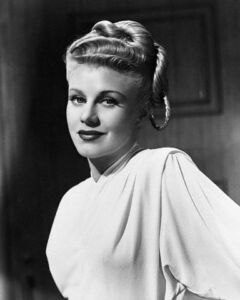 Ginger Rogers was born in 1911 as Virginia McMath but took the surname of her mother’s second husband, Rogers, after her natural father kidnapped her twice and then abandoned her as a child. (Ugh.) Both mother and daughter were life-long practitioners of the Christian Science movement.
Ginger Rogers was born in 1911 as Virginia McMath but took the surname of her mother’s second husband, Rogers, after her natural father kidnapped her twice and then abandoned her as a child. (Ugh.) Both mother and daughter were life-long practitioners of the Christian Science movement.
Her little cousin had trouble pronouncing the name Virginia which she slurred into “Ginger”, thus creating one of the most famous stage names in American history. How about that?
Incidentally, Ginger’s mother, Lela, was a member of the first group of 305 women ever to enlist in the US Marine Corp during the First World War. I knew there was something I liked about this family.
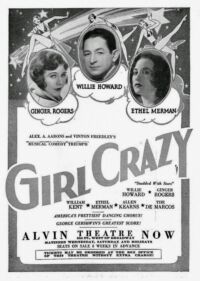 It was her mother’s exposure to theater that got Ginger interested in acting. Lela made a career as a scriptwriter bouncing back and forth between New York and Hollywood. Ginger’s interest in the art developed early, and she became a professional dancer after winning a dance competition at age 14.
It was her mother’s exposure to theater that got Ginger interested in acting. Lela made a career as a scriptwriter bouncing back and forth between New York and Hollywood. Ginger’s interest in the art developed early, and she became a professional dancer after winning a dance competition at age 14.
She met Fred Astaire on the stage of George and Ira Gershwins’ Broadway show, Girl Crazy, in 1929, where Astaire was a dancing coach. She was only 19. The rest is history.
It is said that Fred and Ginger were friends as well as partners and remained in touch all their lives despite the inevitable drift of their careers after the 1930s. Later in life, they even teamed up to present the Academy Awards in 1967, doing a spontaneous whirl and dance move together as they walked out on stage, which got a bigger ovation than the Award winners!
What made them so amazing?
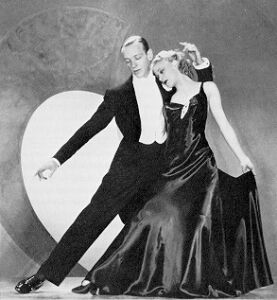 First of all, they were consummate professionals. We may have the impression that Fred was the more prolific actor of the two because he had and still has more star power. But on the productivity index, Ginger blew him away.
First of all, they were consummate professionals. We may have the impression that Fred was the more prolific actor of the two because he had and still has more star power. But on the productivity index, Ginger blew him away.
Fred Astaire made 31 musical films in his career. Ginger Rogers made 73! (Including comedy, drama, and even Broadway productions in the decades following her partnership with Astaire.)
Then there was talent. They were virtually equal in dancing talent and perfectly partnered in elegance, although there is an oft-repeated phrase about Ginger Rogers that scores a few points for the leading lady: “She did everything Astaire did but backwards and in heels.” True!
And imagine dancing in those magnificent flowing dresses which had to have been an exponentially greater challenge than Astaire’s signature top hat and tails.
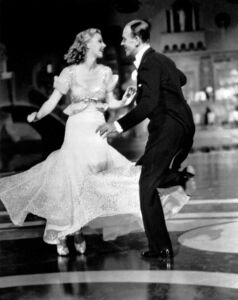 Finally, there was the sheer elegance of their art. The style of ballroom dancing was technically known as “American Smooth”, and it’s not hard to see why it was named that. They perfected the technique which is characterized by its dynamic movement (vs. the more formalized types of ballroom dancing); the exuberance of the dancing partners (they clearly loved the very act of dancing); and the combination of techniques such as mixing tap dancing and gliding movements in the same routine.
Finally, there was the sheer elegance of their art. The style of ballroom dancing was technically known as “American Smooth”, and it’s not hard to see why it was named that. They perfected the technique which is characterized by its dynamic movement (vs. the more formalized types of ballroom dancing); the exuberance of the dancing partners (they clearly loved the very act of dancing); and the combination of techniques such as mixing tap dancing and gliding movements in the same routine.
Astaire insisted on utterly flawless performance and was the main choreographer of all his extremely complex dance routines. His perfectionism was almost mythical. It is said that every partner he worked with cried because of the difficulty of the routines. The only one who didn’t cry was the one whose mother was a Marine. (I just had to throw that in there.)
They worked exclusively with the top-notch musical talent of the day (the Gershwins, Cole Porter, Irving Berlin, George Kern, etc.) and strove to apply their absolute best to everything they produced.
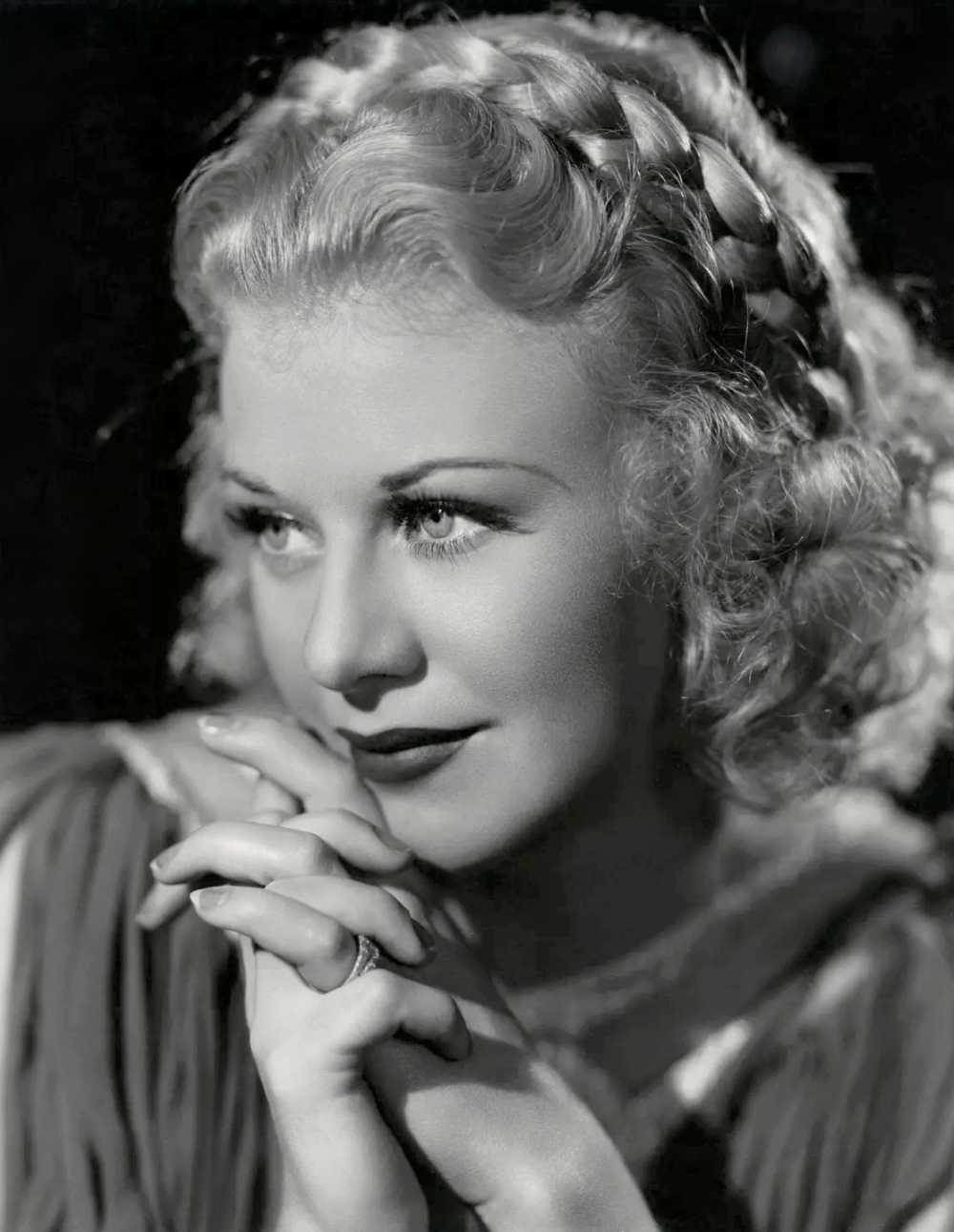
Astaire was modest about his singing voice, which he didn’t think was that good, but America disagreed with him on that score. Dozens of his songs have entered into the classical American song book, including some which most of us would recognize:
- “The Way You Look Tonight”
- “Cheek to Cheek”
- “Smoke Gets In Your Eyes”
- “They Can’t Take That Away from Me”
- “By the Light of the Silvery Moon”
- “Something’s Gotta Give”, and so many more.
All in all, the pair logged 33 dances on the silver screen, and as a testament to his character, Astaire always gave the lion’s share of credit to Ginger for their success.
Their best quality
What I like most about these two is that both Fred and Ginger made dancing look not only effortless but also enjoyable!
They wore natural smiles on their faces while dancing, with a nimble versatility in every step and flawless movements that made them look like they’d never done a day’s work before they sauntered on to the stage.
The audience sees the final product. What we don’t see are the hundreds of hours of practice leading up to that brilliant performance. And as for high personal standards, even into his seventies, Astaire was known as one of the two best-dressed celebrities in Hollywood (the other being Cary Grant).
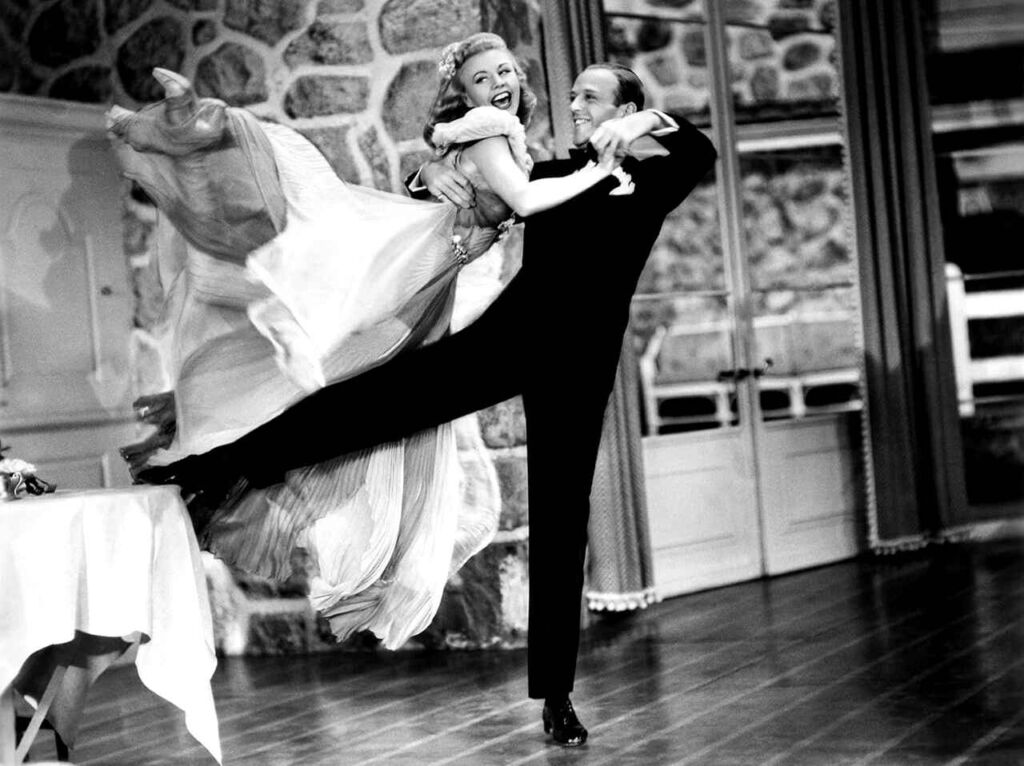
The dances
The videos below offer only a representative sampling of the incomparable grace of this dancing duo. I can’t do more in a short article, but there is an abundance of  material on the internet these days that can serve as follow up if you want to drink your fill of this style of elegant ballroom dancing.
material on the internet these days that can serve as follow up if you want to drink your fill of this style of elegant ballroom dancing.
I’ve added one final video clip of “Begin the Beguine” with Eleanor Powell in the 1940 movie Broadway Melody, that is so astonishing that you simply have to see it to believe it.
Watch for the synchronized/mirrored coordination, the flowing grace of their movements, the increasing tempo and difficulty of the steps, the effortless twirling and throwing, and the ability to stop on a dime. One wonders how any human being could do this.
I agree with how a commentator on one of these videos so aptly put it: “Perfection never goes out of style.”
Features
1936—American Smooth from Swing Time (2:26)
1935—Dancing “Cheek to Cheek” from Top Hat (5:00)
1936—Elegant Waltz from Swing Time (2:44)
1940—Begin the Beguine –Astaire and Powell (3:52)
———-
[Note: This article is a reproduction of the Sacred Windows Email Newsletter of 8/24/25. Please visit our Newsletter Archives.]
Photo Credits: Via Wikimedia Commons: Feature: Dancing Shoes (habanera); Woman in Green Dress (che); Tuxedo closeup (pxhere); Fred & Ginger Dancing photos (Public Domain, 1, 2, 3); Hollywood Posters (Roberta; Swing Time; Top Hat; Girl Crazy); Ginger hairstyle (danceonair1986); Ginger closeup with hands folded (John Miehle); Headshot of Fred (Studio publicity still, Public domain); Legs with tap dancing shoes (unsplash).
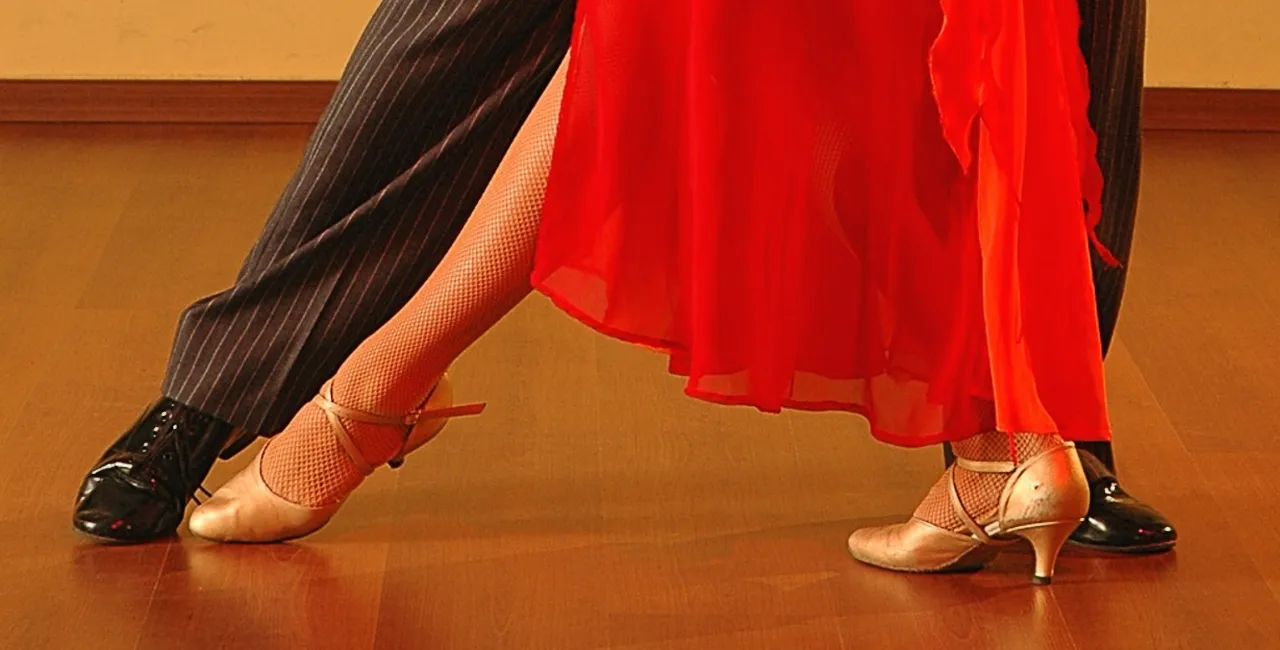
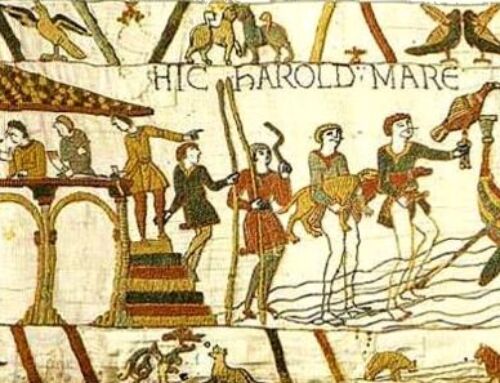


Leave A Comment